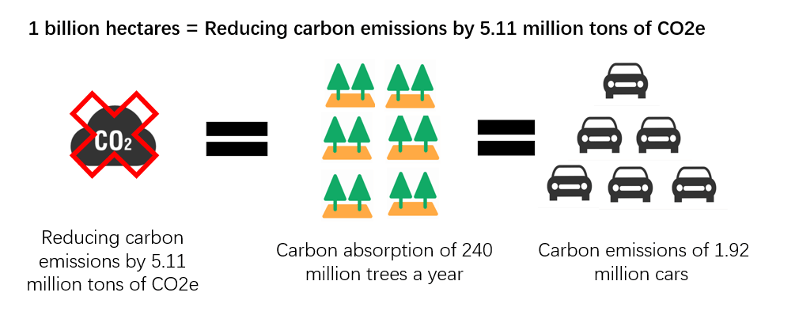
DJI’s intelligent farming solutions arm, DJI Agriculture, has just released a new industry insights report focusing on best practices for drone spraying. But one detail that immediately stands out in that document is that the sale of DJI agricultural drones has really taken off in the last couple of years.
Agricultural drones have become a huge business for DJI. The tech giant has been adding at least two new precision farming drones to its product portfolio every year since 2019, with the latest cutting-edge models being Agras T40 and T20P. It’s known that DJI pilots completed agricultural missions covering a total of 66.7 million hectares of farmland in 2021 alone. And more recently, the company expanded the availability of its SmartFarm mobile app for the Agras line to support English, Japanese, and Thai languages — indicating a wider adoption of spraying drones.
Now, let’s take a look at the numbers:

In its Agricultural Drone Industry Insights (2021) report, DJI agrees that it has taken “a quantitative leap” in terms of the total number of drones and operating areas; this has happened despite rules and regulations in the US and Europe hindering growth. The company remains hopeful for the future though. Here’s DJI:
We believe that with the continuous exploration of best practices, pest management, and pesticide use will be more reasonable and have less impact on the environment, the policy environment of agricultural drones will be gradually relaxed, and the space for the development of agricultural drones will broaden.
Read: DJI releases new firmware update for Phantom 4 Multispectral drone
But why are agricultural drones becoming so popular in the first place? The reasons are many:
1. Precision spraying reduces adverse impact on environment
When pesticide spraying is done by drones, only the plots that need to be sprayed are targeted. In contrast, small fixed-wings and helicopters used in farming can lead to serious spray drift because of their speed and high flight altitude during spraying.
2. Risk to the operator becomes minimal with drones
Mountain farming operations require pilots to fly manually and constantly ascend and descend to ensure effective spraying. Meanwhile, in large-scale farmland operations, many pilots struggle to successfully level the aircraft after flying close to the ground for spraying. Both these scenarios, which increase the likelihood of a crash, are negated while using agricultural drones.
3. Reduced carbon emissions and noise pollution
Unlike traditional aviation platforms or ground-based tractors guzzling gasoline, agricultural drones use lithium batteries, which are a cleaner, emission-free source of energy. Also, let’s not forget the noise pollution caused by helicopter propellers. They can produce a sound as high as 110 decibels, or 1.5 times of what the human body can tolerate. But a drone working away from the operator would not cause any damage to the human body.

4. Helps to save precious water
Due to the use of low-capacity spraying technology, agricultural drones can save 44 liters of agricultural water per hectare compared to manual operations. So, if drones are used to spray 1 billion hectares of farmland, agricultural water consumption can be reduced by 44 million tons. This is equivalent to the amount of water consumed by 79.87 million residents in a year.
5. Improves the utilization rate of pesticides
The application of agricultural drones has also brought about an improvement in the utilization rate of pesticides. According to the findings of a study referenced in the report:
Compared with the conventional knapsack large-capacity spraying on the ground, the use of agricultural drones can increase the utilization rate of pesticides by more than 10%. As such, 1 billion hectares of operation is equivalent to reducing the waste of 1,515 tons of pesticides.
6. Cost-effectiveness of drones
The purchase and maintenance cost of a traditional spraying aircraft can be pretty steep. The global best-selling helicopter Single Squirrel AS35, which comes with a 10m spray rod, costs about 3.6 million euros. In contrast, a farmer wouldn’t need to shell out more than 25,000 euros for an agricultural drone. The repair and maintenance of agricultural drones are also relatively simple. While the replacement of high-consumption parts such as blades can be done by the operator, more complex repairs can be handled by dedicated service centers.
It’s simple to see why agricultural drone adoption is growing in many parts of the world.
To access the complete report released by DJI, click here.
Read: DJI Avata FPV drone hits the FCC database with Goggles 2, O3 Air Unit
FTC: We use income earning auto affiliate links. More.






Comments